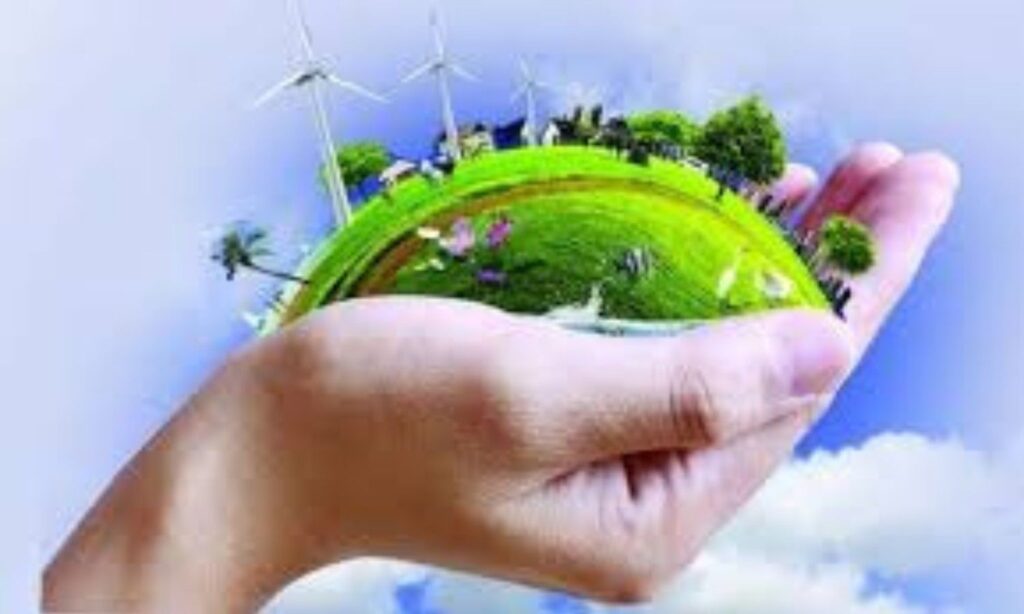The Clock Is Ticking: Why World Nature Conservation Day Matters
Every year, on July 28, World Nature Conservation Day reminds us that our planet’s health is our health. It’s not just about saving cute animals or pretty landscapes—it’s about survival. The United Nations General Assembly designated this day in 1972 during the Conference on the Human Environment in Stockholm, recognizing the urgent need for global action to protect nature. Since then, it’s grown into a platform for advocacy, pushing for tougher environmental laws and inspiring people to live more sustainably.
But why focus on one day? Because it’s a rallying point. It’s a chance for governments, communities, and individuals to pause, reflect, and commit to change. As Conservation International’s CEO M. Sanjayan said, “We need your creativity, we need your skills, we need your decency, we need your commitment to healing our planet.” This day amplifies that call, uniting us in a shared mission to protect the ecosystems that sustain life.
Forests: The Lungs of Our Planet Are Gasping
Forests cover about 31% of Earth’s land, but they’re disappearing at an alarming rate. The loss and degradation of forests account for roughly 12% of human-caused carbon dioxide emissions. That’s equivalent to the emissions from millions of cars annually. In places like the Amazon, deforestation isn’t just a local tragedy—it’s a global crisis, disrupting rainfall patterns and accelerating climate change.
The Ripple Effects of Deforestation
- Carbon Sink Collapse: Forests absorb vast amounts of CO2. When they’re cut down, stored carbon is released, worsening global warming. A single hectare of tropical forest can store up to 200 tons of carbon.
- Biodiversity Loss: Forests are home to 80% of terrestrial species. Losing them threatens countless plants and animals, many of which we rely on for food, medicine, and ecosystem balance.
- Human Impact: Indigenous communities, like those in Peru’s Amazon, depend on forests for their livelihoods. Deforestation displaces these groups and erodes cultural heritage.
I once hiked through a forest in Oregon, marveling at the towering Douglas firs and the chorus of birds. The air felt alive, clean, like it was giving me a second chance to breathe. Knowing that places like this are shrinking—by 10 million hectares a year, according to the FAO—hits hard. It’s not just about losing beauty; it’s about losing the systems that keep us alive.
Hope in Action
There’s progress worth celebrating. The Nature Conservancy has conserved 650 million hectares of biodiverse habitats, including forests, through innovative strategies like reforestation and community-led stewardship. Planting trees is a simple yet powerful act—each tree planted today could be a lifeline for tomorrow, as one quote puts it: “Each tree planted today gives us hope for a better, safer, cleaner, and greener tomorrow.”
Oceans: The Heartbeat of Earth Is Faltering
If forests are Earth’s lungs, oceans are its heartbeat. Covering 71% of the planet, they produce 70% of our oxygen through phytoplankton and regulate global climate. Yet, they’re under assault from pollution, overfishing, and climate change. The Great Pacific Garbage Patch, a floating mass of trash twice the size of Texas, is a stark reminder of our negligence.
The Ocean’s Cry for Help
- Plastic Pollution: An estimated 8 million metric tons of plastic enter the oceans annually, choking marine life and breaking down into microplastics that infiltrate the food chain.
- Coral Bleaching: Rising sea temperatures have triggered mass coral bleaching events. Coral reefs, which support 25% of marine species, are dying at unprecedented rates.
- Overfishing: One-third of global fish stocks are overexploited, threatening food security for millions, especially in coastal communities like those in Peru.
Dr. Sylvia Earle, a renowned oceanographer, puts it powerfully: “Even if you never have the chance to see or touch the ocean, the ocean touches you with every breath you take, every drop of water you drink, every bite you consume.” I felt this truth snorkeling in the Caribbean, watching vibrant fish dart through coral. The thought that these ecosystems could vanish in my lifetime is gut-wrenching.
Bright Spots in Ocean Conservation
Efforts are underway to reverse the damage. Indonesia recently revoked mining permits in the biodiverse Coral Triangle, a win for marine ecosystems. Initiatives like the UN Decade of Ocean Science, led by UNESCO, aim to protect 30% of the world’s oceans by 2030. Beach cleanups, a staple of World Nature Conservation Day, also make a tangible difference by removing litter before it harms marine life.
The Bigger Picture: A Planet at a Crossroads
World Nature Conservation Day isn’t just about forests or oceans—it’s about the interconnected web of life. Climate change, biodiversity loss, and pollution are intertwined crises. The IPCC’s sixth assessment report warns that breaching 1.5°C of global warming could trigger catastrophic consequences, from mass migrations to ecosystem collapse. The World Health Organization projects 250,000 additional deaths annually by 2050 due to climate-related impacts.
David Attenborough’s words hit home: “The truth is: the natural world is changing. And we are totally dependent on that world. It provides our food, water, and air.” Every species, every forest, every ocean wave plays a role in our survival. Losing one thread risks unraveling the entire tapestry.
The Role of World Nature Conservation Day
This day serves as a catalyst for action. It’s a moment to:
- Raise Awareness: Educate communities about local ecosystems and environmental threats.
- Inspire Action: Encourage sustainable practices, from reducing plastic use to supporting conservation policies.
- Unite Globally: Foster collaboration between governments, organizations, and individuals to tackle planetary challenges.
In 2023, the theme “Forests and Livelihoods: Sustaining People and Planet” highlighted the link between healthy ecosystems and human well-being. It’s a reminder that conservation isn’t just altruistic—it’s self-preservation.
What Can We Do? Practical Steps for Change
The beauty of World Nature Conservation Day is its call to action. You don’t need to be a scientist or policymaker to make a difference. Here are practical ways to contribute, inspired by my own efforts and global initiatives:
- Reduce, Reuse, Recycle: Follow the three R’s to cut waste. I’ve swapped single-use plastics for reusable water bottles and bags, and it’s easier than I thought.
- Plant Trees: Join local tree-planting events. One tree can provide oxygen for up to four people daily.
- Support Sustainable Brands: Choose products from companies committed to eco-friendly practices, like Godrej’s “Good & Green” program.
- Advocate: Use your voice to push for stronger environmental policies. Write to local leaders or join campaigns like WWF-Australia’s call for stronger nature laws.
- Educate: Share knowledge about conservation. I’ve started conversations with friends over coffee, and it’s surprising how a single fact can spark change.
Jane Goodall’s words resonate here: “We can have a world of peace. We can move toward a world where we live in harmony with nature.” Every small action counts—whether it’s picking up trash on a hike or supporting Indigenous-led conservation efforts.
The Future Hangs in the Balance
World Nature Conservation Day isn’t a finish line; it’s a starting point. It’s a chance to reimagine our relationship with Earth, to see ourselves not as conquerors but as stewards. The choices we make today—whether to plant a tree, reduce our carbon footprint, or advocate for change—will echo for generations. As Nelson Mandela said, “We must never forget that we must protect this environment.”
What will you do this July 28? Will you join a beach cleanup, share a powerful quote to inspire others, or simply take a moment to appreciate the beauty of a local park? The future of our forests, oceans, and planet Earth depends on us. Let’s make this one day count—not just for today, but for tomorrow.










